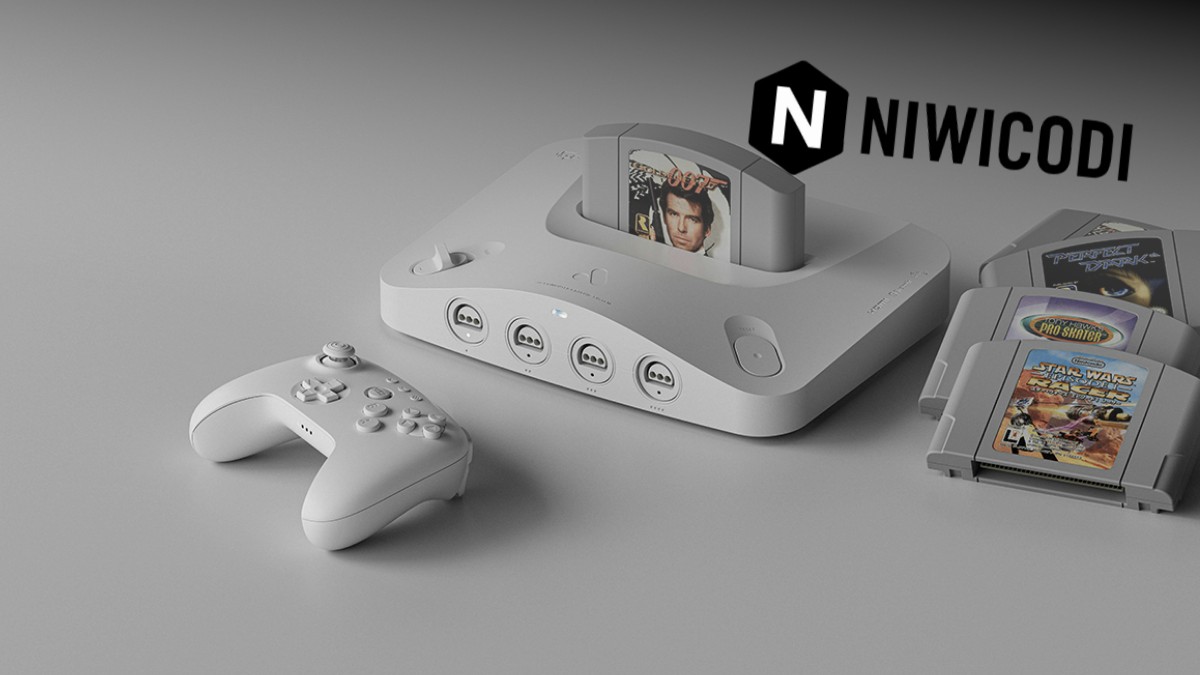In a world where nostalgia meets cutting-edge technology, Analogue has carved out a niche by reviving classic gaming experiences with modern precision. Their latest offering, the Analogue 3D, is a testament to their ongoing commitment to satisfying the cravings of retro gaming enthusiasts who demand authenticity and quality.
The FPGA Advantage
At the heart of Analogue’s success is their use of FPGA (Field-Programmable Gate Array) technology. This isn’t just another emulator; it’s a recreation of the original hardware, down to the tiniest detail. For those who remember the N64 fondly, this means games don’t just look right; they feel right. The tactile feedback, the timing of button presses—everything is as it should be. An FPGA replicates these experiences faithfully, allowing gamers to dive back into their favorite titles without the inconsistencies often found in software emulation.
Analogue’s approach is not just about technical prowess; it’s about an emotional connection. They know their audience—those who have grown up with these games and now have the means to relive them in the best way possible. This emotional resonance is what sets Analogue apart in a market that has become increasingly crowded with similar products.
However, as more players enter this niche market, Analogue faces the challenge of distinguishing itself from the pack. While others may offer cheaper or more readily available options, Analogue bets on quality and meticulous attention to detail. Their products are for those who understand that true nostalgia isn’t just about playing old games; it’s about experiencing them as they were meant to be played. To read Wall Street Tests AI’s Real Value Amid Tech Stock Shakeup
With the Analogue 3D, they’ve once again raised the bar. The device offers HDMI output for modern displays while preserving the original graphics’ charm—a tricky balance to achieve. It shows that while technology evolves at breakneck speed, there’s still a place for the past in our digital future.
As we reflect on this blend of old and new, it’s clear that nostalgia isn’t just a yearning for simpler times; it’s a bridge connecting us to where games have been and where they are going. The challenge for Analogue—and indeed for all tech companies—is to keep that bridge strong without losing sight of what makes those connections meaningful in the first place.


